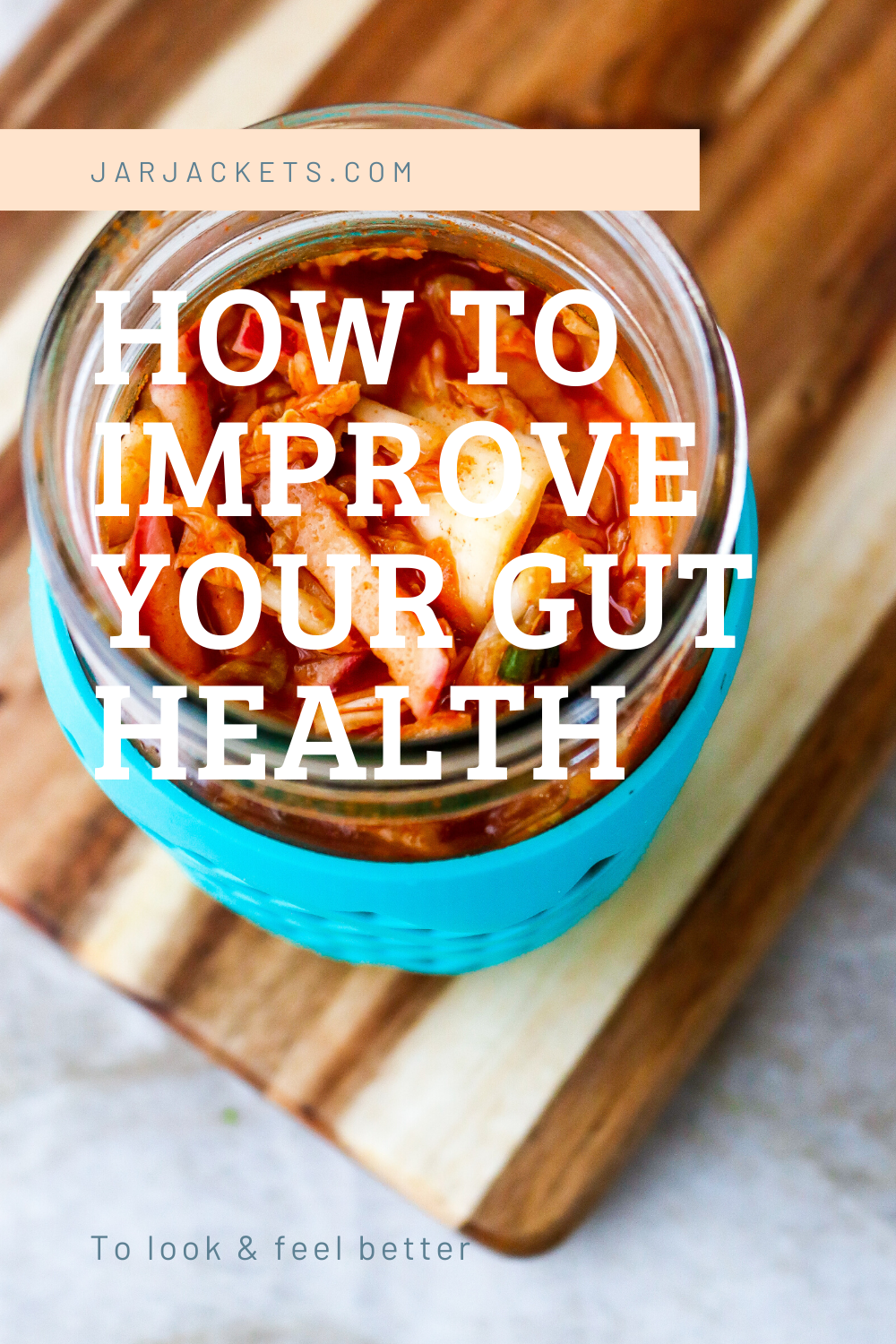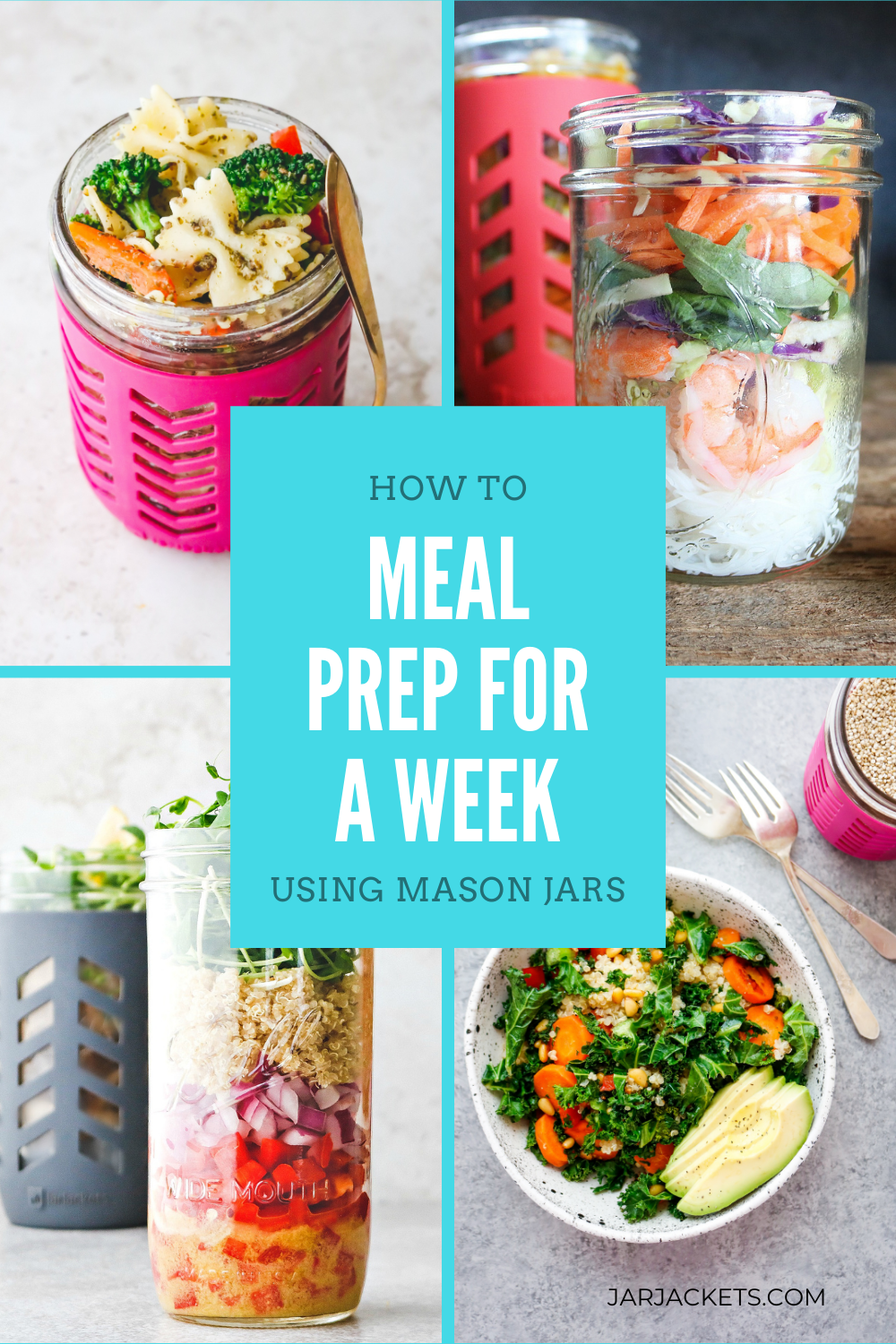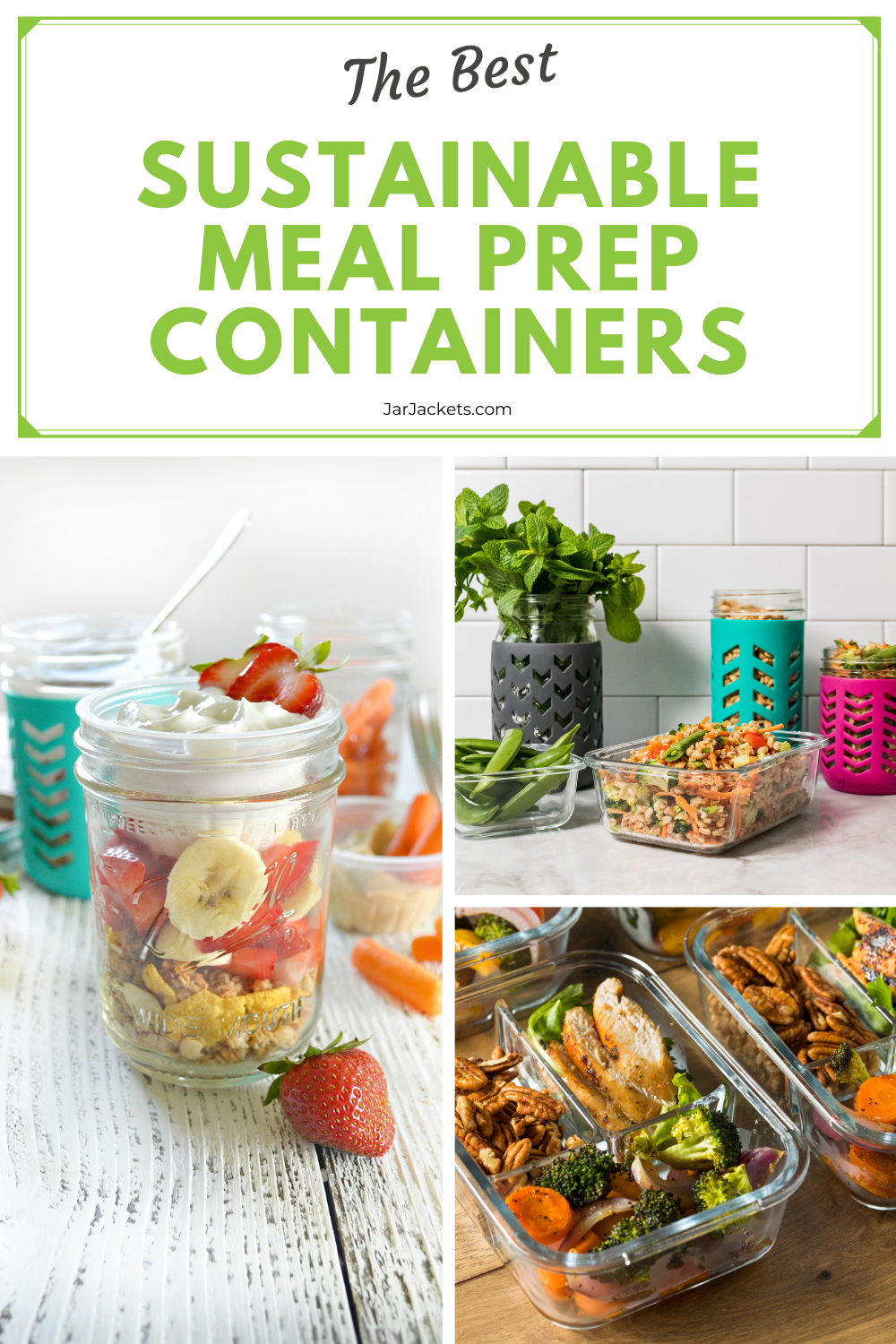Your Cart is Empty
FREE SHIPPING (US ONLY) ON ORDERS OVER $20
FREE SHIPPING (US ONLY) ON ORDERS OVER $20
April 16, 2025 4 min read

What’s your gut feeling? According to mounting evidence, that’s one of the most important questions you can ask yourself when it comes to health. Your gut, after all, is responsible for letting in nutrients and water while keeping out toxins – as long as it’s working properly. Let it start to leak and it’ll allow substances into your bloodstream that shouldn’t be there, causing a host of problems. A healthy gut depends on good bacteria, a solid lining and a working immune system. Keep topped up on the nutrients below to maintain all three, but to give you a head start on gut bacteria here are five fast fixes.
Mushrooms are a fantastic food to help “pad out” meals to make them more filling without adding unnecessary calories – 100g of them contains just 22 calories. And a new study suggests that eating more of the fungus, specifically white button mushrooms, can have a big impact on achieving your weight-loss goal by improving gut health.
The research, published in the Journal Of Functional Foods, found these mushrooms work as a pre-biotic, providing nutrients to a certain type of healthy bacteria that plays a significant role in blood glucose management. Having more stable blood sugar levels helps maintain the optimal conditions for your body to burn fat for fuel, and diminishes cravings for high-sugar snacks. Ideally, the researchers suggest, you should eat around 85g of mushrooms a day.
Apple pectin is a prebiotic – a non-digestible nutrient that encourages the growth of good bacteria – and a Japanese study saw positive changes in a fortnight among volunteers who had two apples a day. Granny Smiths are best – crunch away.
A 2017 study from the University of Illinois had surprising results: endurance exercise alone can make positive changes to gut composition, producing short-chain fatty acids crucial to colon health and energy production.
Fermented foods are what your diet’s missing. When you’re shopping, go for the Ks: kefir, kombucha and kimchi will all fill your gut with healthy bacteria that promote digestion and help gut health – aim for at least one portion a day.
A 2015 study found that yoga and meditation induced genetic changes in the body that aided gut health in volunteers. Too much hassle? At least try to eat stress-free: avoid TV, phones and awkward conversations.
The active ingredient in turmeric protects your intestinal walls against the negative effects of a Western diet, helping prevent the proliferation of “bad” bacteria, suggests research published in 2014 by Virginia Commonwealth University School of Medicine. Use turmeric in curries, or toss a teaspoonful into rice or scrambled eggs.
Low vitamin D can decrease immune system function and is associated with bowel disorders. Sunlight is a natural source of Vitamin D, but from October until March the sun isn’t strong enough—the NHS estimates that one in five people are deficient. It’s easy to supplement: keep a bottle next to the toothpaste, and take it daily.
There’s some evidence that lack of iron depletes gut bacteria. A recent rodent study published by the British Journal Of Nutrition suggests extra iron helps, but absorbing it can be a problem. To be on the safe side, stick to sources of heme iron like red meat and eggs, rather than non-heme supplements that mimic the plant variety.
According to a 2015 study published in the journal Lipid Research, omega 3 fats work with probiotics to foster “friendly” bacteria in your gut. The researchers used (and recommend) fish oils: supplement with a pill a day, taken with food. Flax and chia seeds, walnuts, olives and coconut are also good sources, though less research on them exists.
Along with carotenoids, these phytonutrients (found in plants) have high anti-inflammatory gut-based benefits, and can reduce your risk of gastric cancer, according to a 2012 study. Cabbage and onions are good sources: cook them in a stew to keep the nutrients in the broth.
It’s used in almost every barrier between your body and the filthy outside world: as well as your gastrointestinal tract, your skin and lungs rely on it. Sweet potato, pak choi and peppers are all excellent sources: for a top-up hash, cube the potatoes and parboil them for five minutes, then chop up the other veg and pan-fry the lot.
Technically they’re a sub-category of flavonoid, but they’re worthy of separate consideration since they reduce the amount of Clostridium histolyticum, a pathogenic bacteria, in the gut. Green or white tea is your best source: aim for two or three cups a day.
Your body uses it to build the protective mucous membrane that lines your intestinal tract, providing your first line of defence. Get it from shrimp, eggs and poultry: if you go out on an all-nighter, eroding your gastrointestinal defences with a booze binge, a turkey frittata the next morning will start to redress the damage.
There’s some evidence that it can reverse excess “intestinal permeability” – or the much-feared leaky gut syndrome. Supplement companies sell it in L-glutamine format, which coats cell walls and acts as a repellent to irritants. The usual dose is 2-5g, twice a day.
Technically not a nutrient, but it adds bulk to what’s already going through your intestines, reducing your exposure to potentially dangerous compounds, and helps to regulate pH balance, promoting a better environment for beneficial bacteria. Get more by building your diet around vegetables, fruits, legumes, nuts and seeds.
Written by Joel Snape for Coach and legally licensed through the Matcha publisher network. Please direct all licensing questions to legal@getmatcha.com.
Gut Health
4
15
Kimchi, a staple of Korean cuisine for generations, is one of our favorite fermented foods. Its complex unami-rich flavor coupled with a gut-friendly nutritional profile make it a crave-worthy snack you can enjoy in a host of different dishes. Made from vegetables, garlic, ginger, and fish sauce, it can be enjoyed as a condiment, an ingredient, or a snack on its own. Better still, it's surprisingly easy to make at home in a mason jar!

1 large napa cabbage (Chinese cabbage)
3 carrots
1 small daikon radish
1 bunch of green onions
4 tablespoons of salt
1 small chunk of ginger peeled
3 cloves of garlic
1 apple peeled
2 tablespoons of Korean coarse red pepper
1 tablespoon of fish sauce
Sterilize glass mixing bowl with boiling water or wash well with warm soapy water. Wash napa cabbage and cut into long thin strips (julienned style) and place it in the mixing bowl. Add salt and gently start massaging salt into cabbage leaves for a couple of minutes.
Cut carrots, daikon radish and green onions into long thin strips (julienned style) then add them into the cabbage bowl. Massage until all vegetables are coated in the salt and starting to soften.
Use food processor or blender to puree ginger, garlic, apple, red pepper and fish sauce until smooth texture is achieved.
Combine the mixture with the vegetables in the bowl.
Start putting vegetables into glass jars and ensuring that the vegetables sit below the brine.
Leave the ferment away from the direct sunlight for 1-2 weeks ensuring the vegetables are submerged the whole time.
Once the desired flavor is achieved transfer the jars into refrigerator to slow down the fermentation process. The longer jars are kept outside, the stronger the flavor of ferment.
Comments will be approved before showing up.

April 26, 2025 6 min read
We all like the idea of making our families healthy meals, saving money and doing our part to cut down on waste.
But we also like the idea of getting a good night’s sleep, not having a huge mess to clean up in the kitchen after dinner and — just maybe — having time to watch a bit of Netflix or read a book.

April 09, 2025 2 min read

March 28, 2025 2 min read